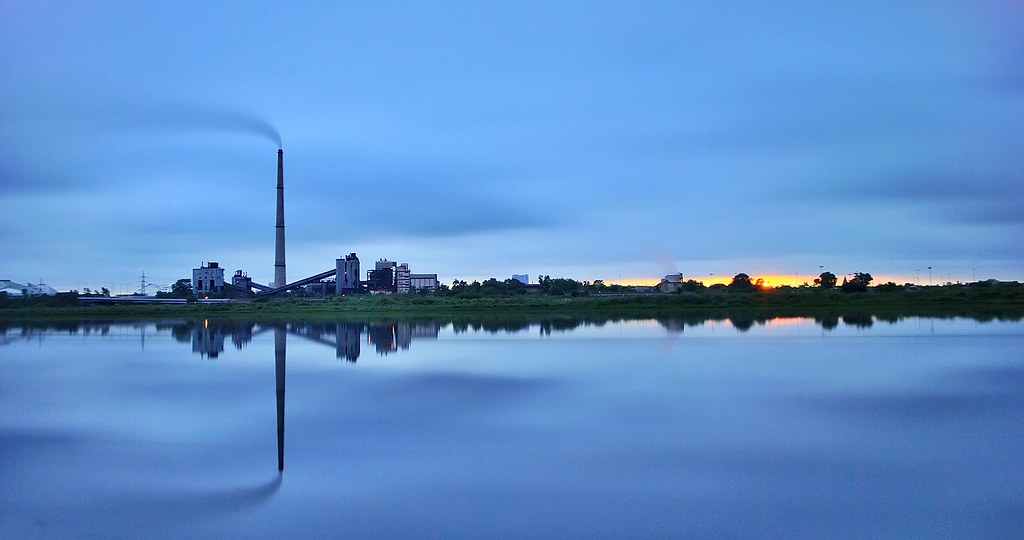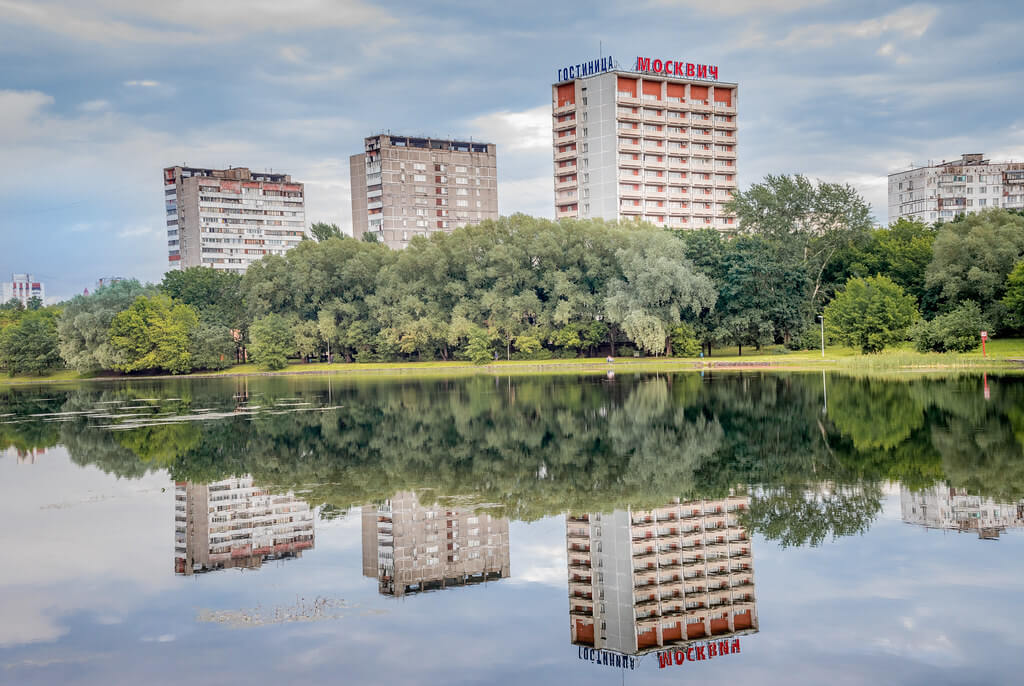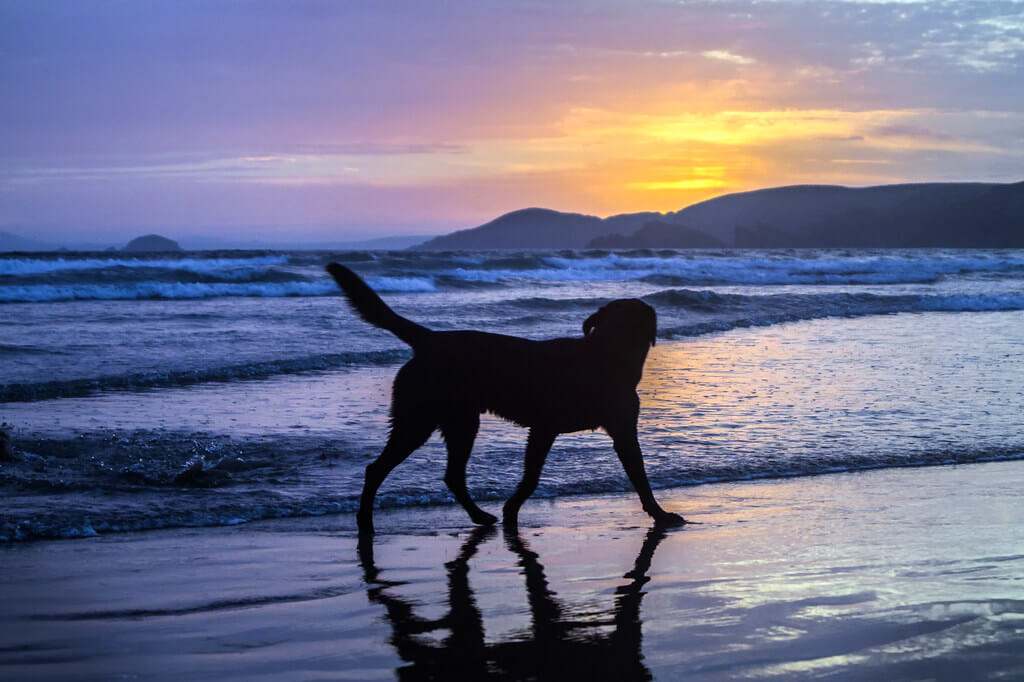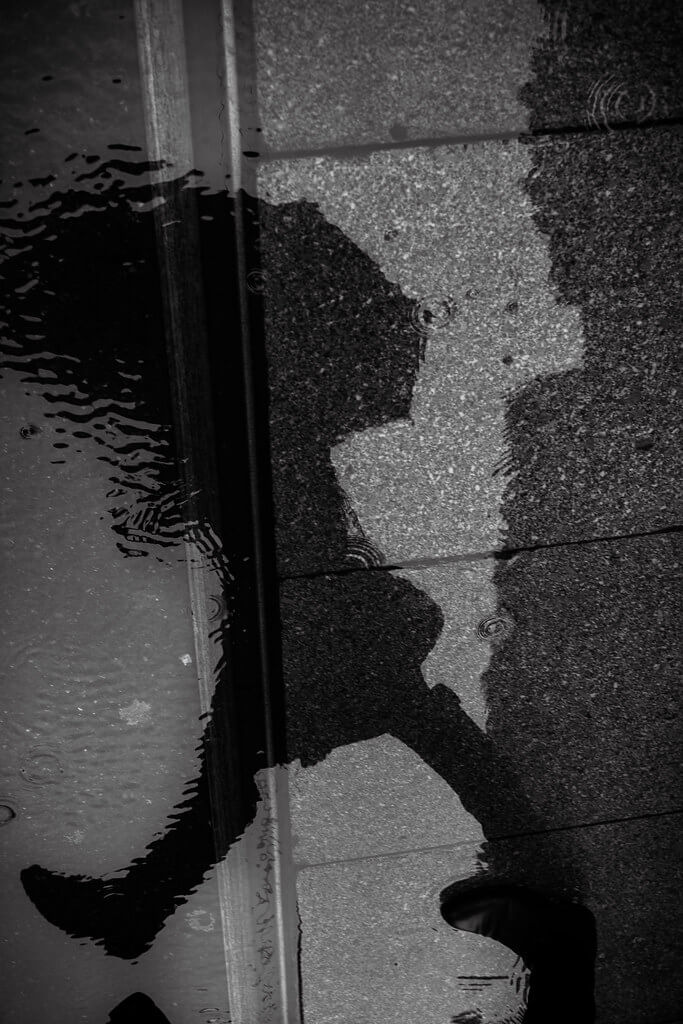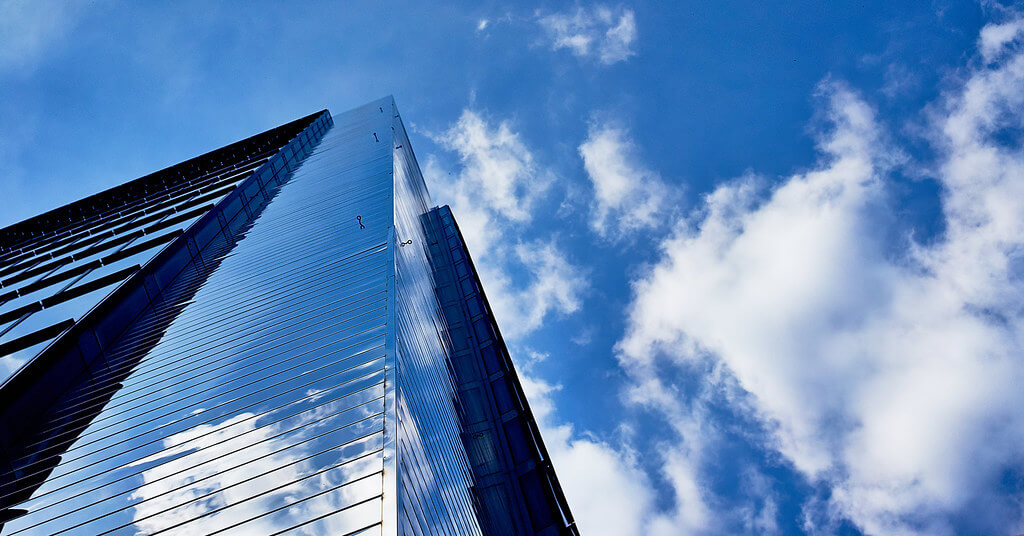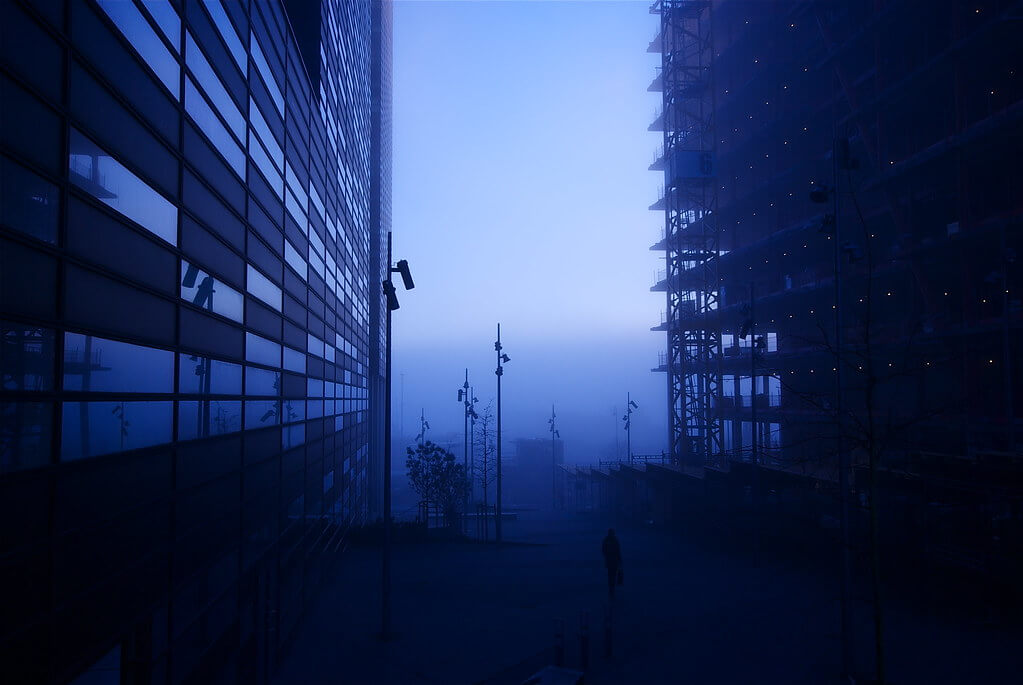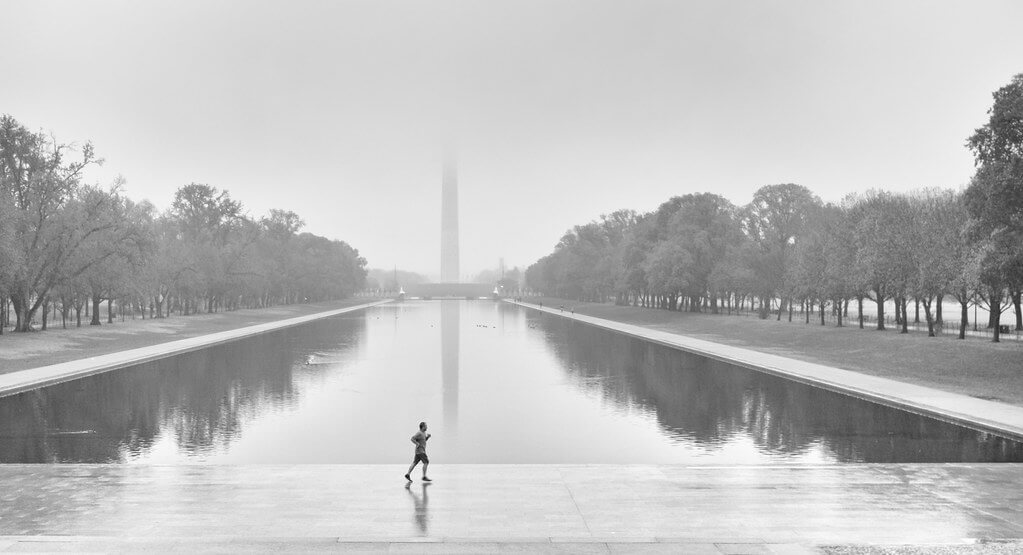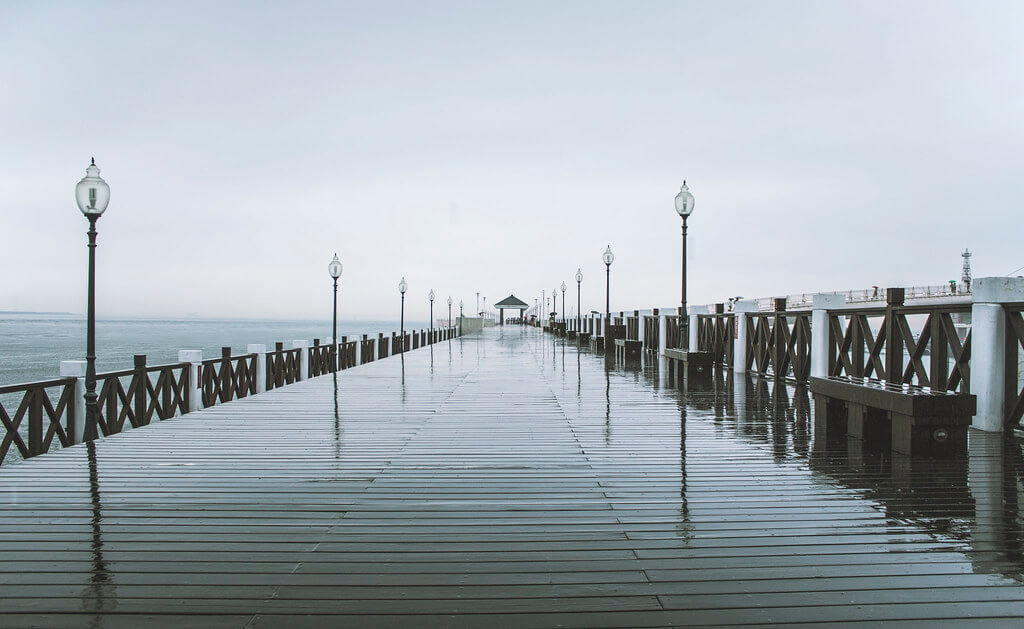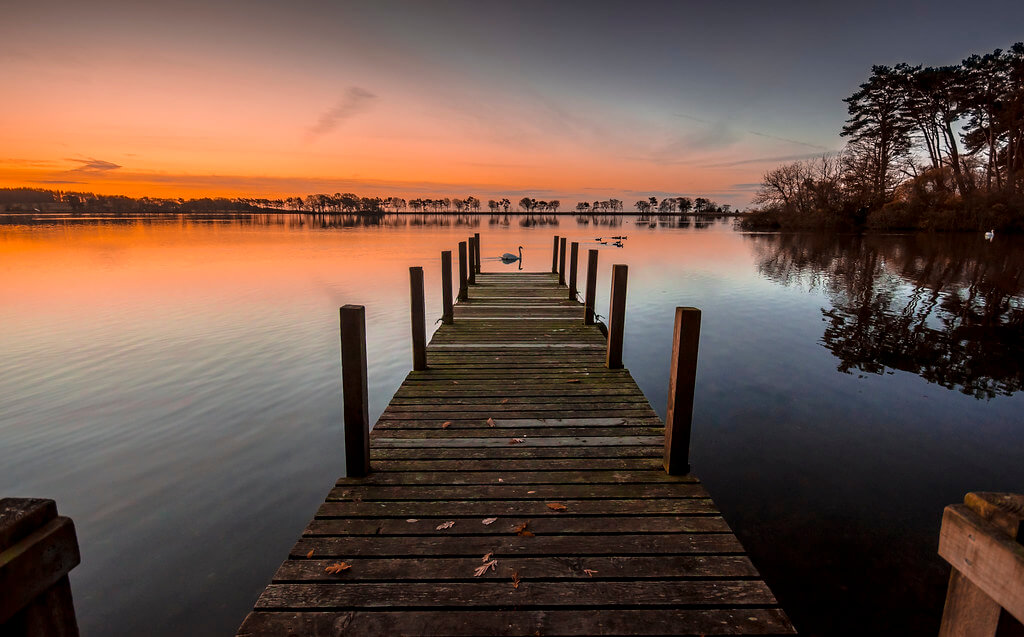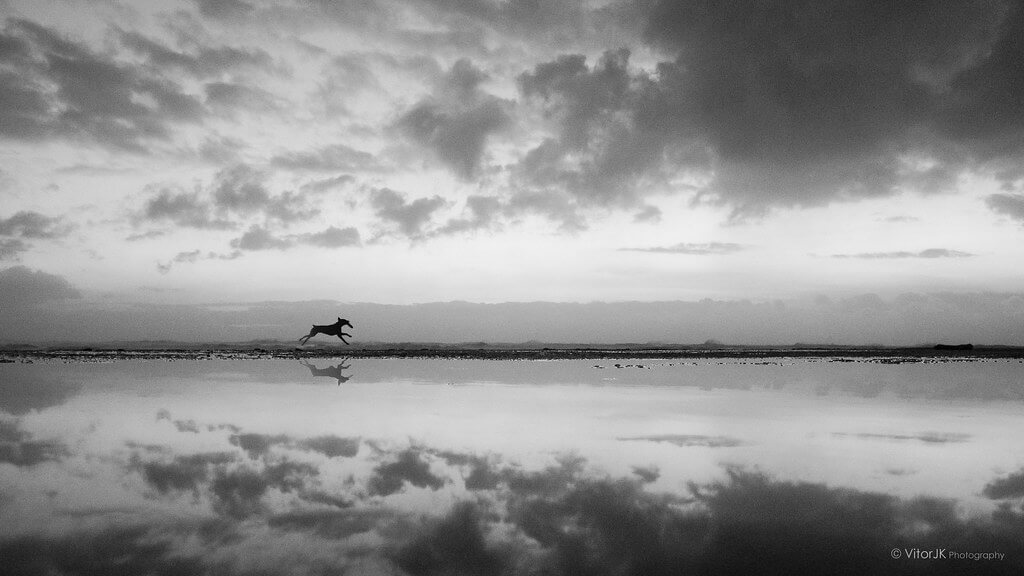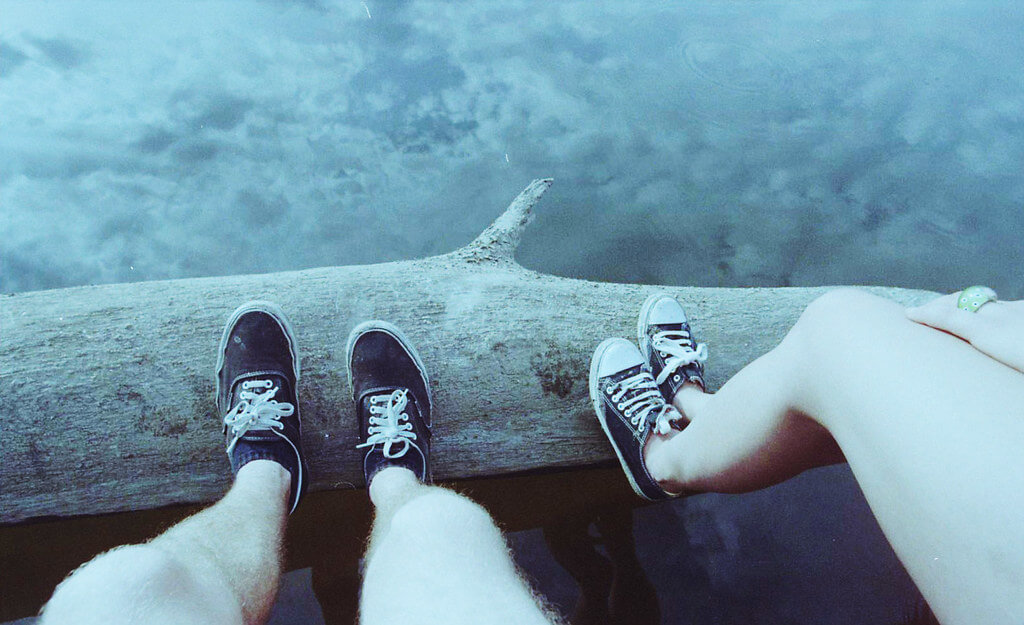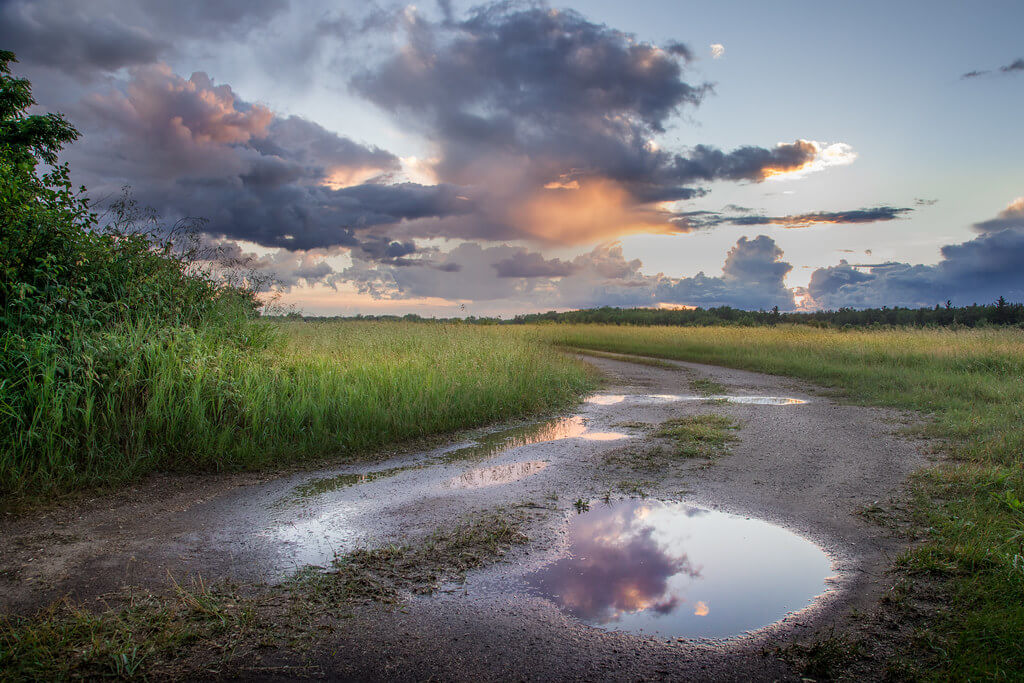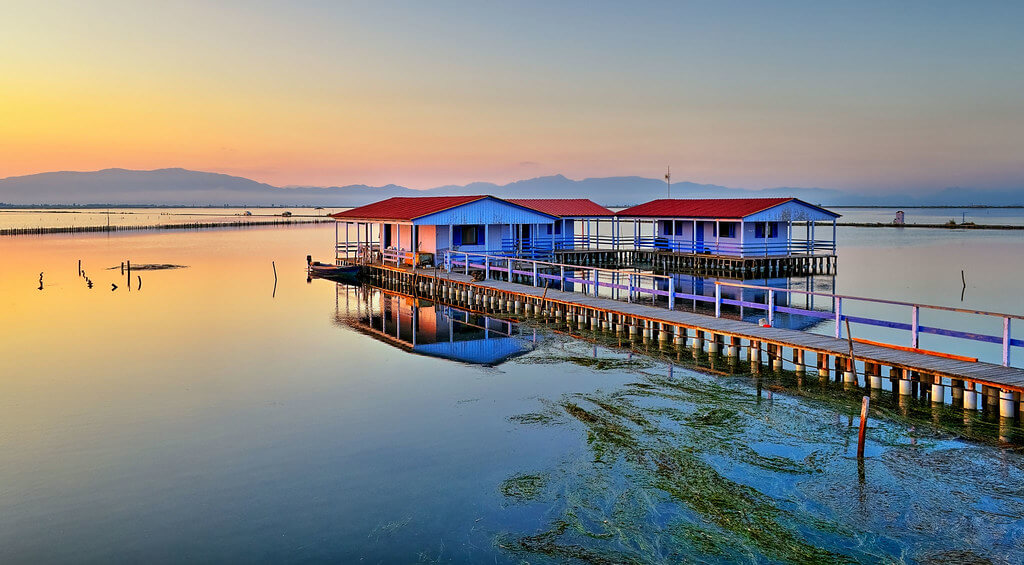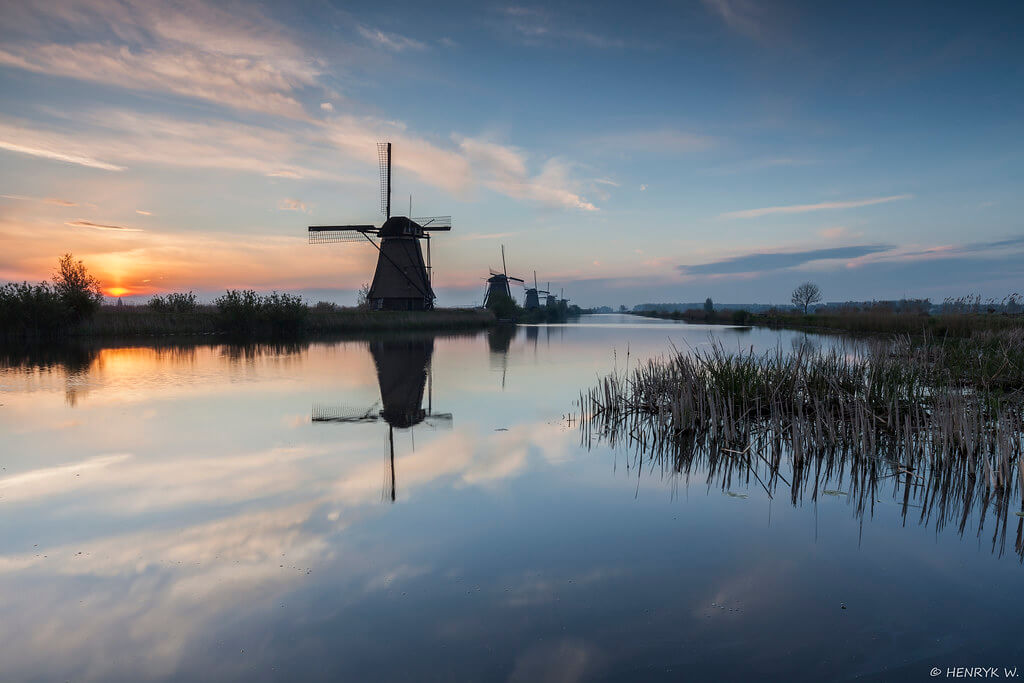We can find reflections everywhere, in mirrors, puddles, windows, and even smart phones. Yet, despite being commonplace, they’re still fascinating to photograph. Some of the most striking reflection photography includes watery landscapes, such as city lights or a mountain reflected in a lake.
How to Photograph a Reflection
Though reflections are easy to find, they’re not always easy to photograph. Use these basic reflection photography tips, ideas and inspiring reflection photos help you out.
1. Avoid Direct Light in Reflection Photography
To get a good picture of a reflection, you first need to find an angle that will bring out the reflection. You want an angle that has good lighting yet no direct light like the sun. That’s because direct light will minimize everything else in the reflection. You’ll get a reflection of the light, and that’s it. This approach can work well with city lights, but if you’re trying to get a nice shot of mountains reflected in water, direct sunlight will ruin that shot.
2. Mind the Time of Day (or Weather)
For this reason, some of the best photos of reflections are captured in the early morning or evening, when the sun is half-hidden on the horizon. Then, you’ll get fantastic colors in the sky as well as great lighting for a reflection. You can also try shooting reflections on cloudy days when there’s enough light but no direct sunlight.
3. Stop Down Your Aperture and Stabilize Your Gear
Besides getting the right angle, you’ll also need to adjust your aperture to keep the entire reflection in focus. If you’re shooting a landscape, your aperture will probably be at least f/9, if not f/16. If the reflection still isn’t clear enough, try using a tripod and a longer shutter speed. This strategy can work especially well with a reflection in the water, since it’ll make the water appear smoother.
Reflection Photography Ideas and Inspiration
After some practice shooting reflections, you can push your creativity and experiment with different subjects and compositions. In the meantime, check out our roundup of ideas and incredible example images to use for inspiration. Click on any of the links below to jump to a specific idea:
- Symmetry
- Silhouettes
- Puddles
- Skyscrapers
- Leading Lines
- Black and White Reflection Photography
- Water | Sky Illusion
Symmetry
Symmetry is one of the most common yet impactful compositional techniques used with reflections. To create symmetry, compose the shot so that the reflection takes up half the frame, mirroring the scene. This technique works beautifully with landscapes, but you can use it wherever there’s a large reflective surface that can fill the frame.
Zed The Dragon – Un dimanche matin
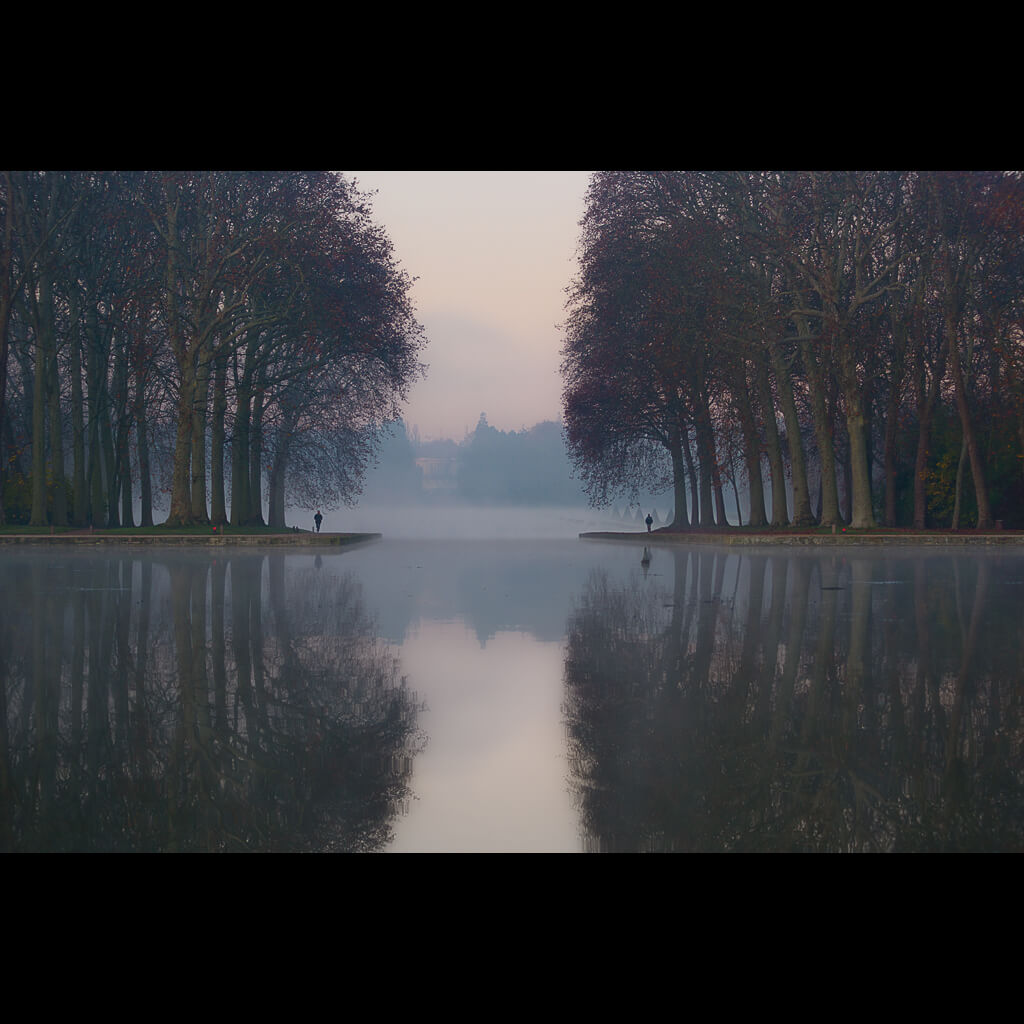
Pedro Szekely – Louvre Museum, Paris
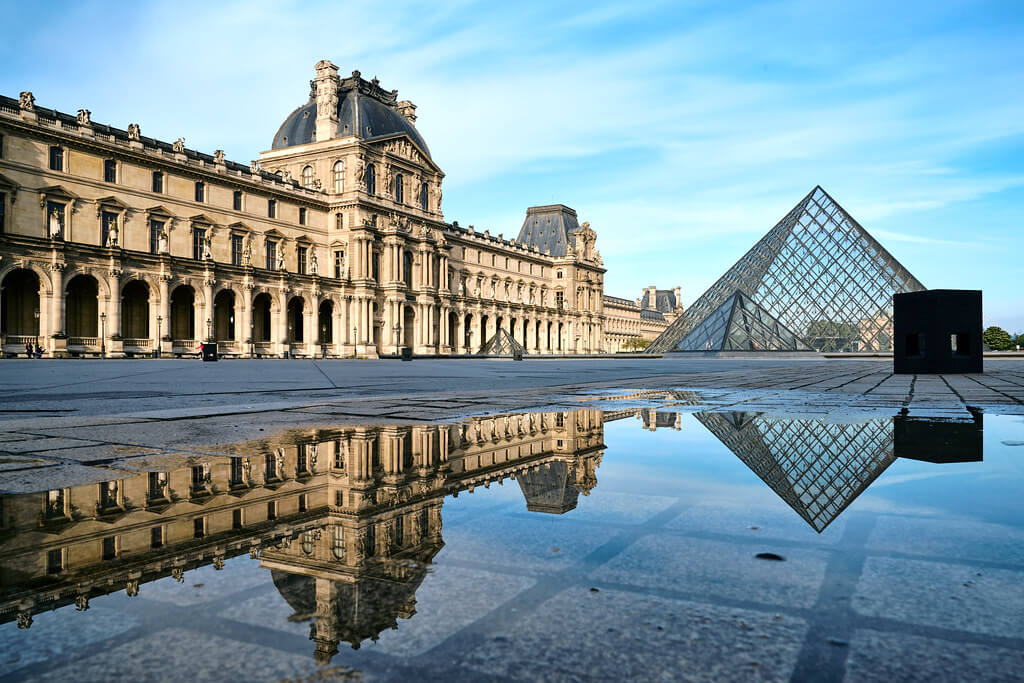
Sourabh Gandhi – Abstract reflection
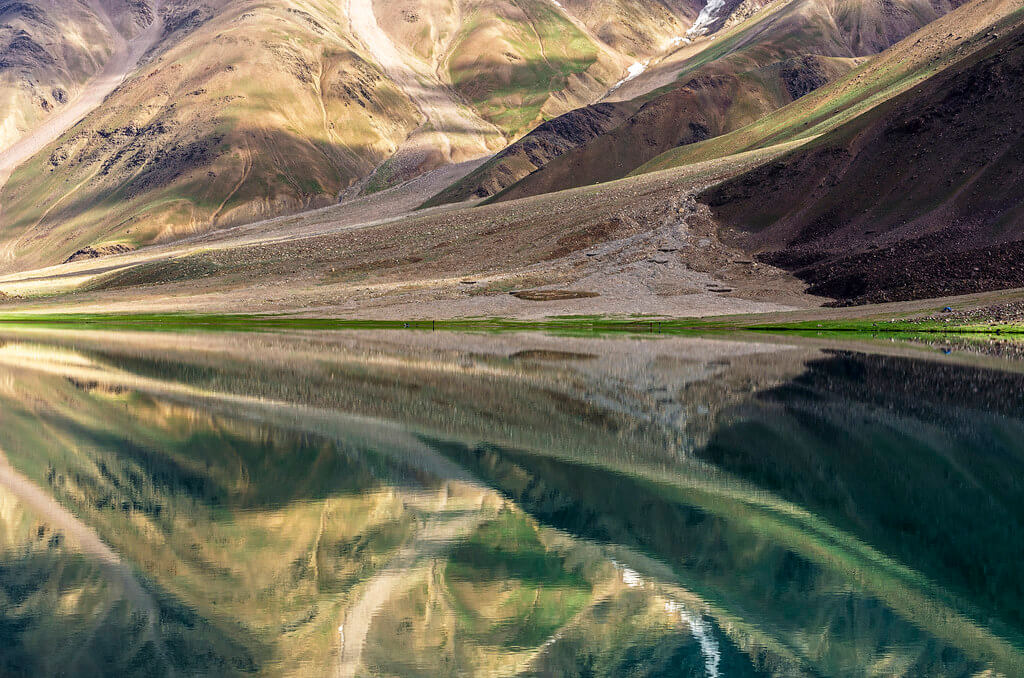
Silhouettes
Though symmetrical photos can be stunning, they don’t work well in all situations. For example, if a scene is crowded, a symmetrical reflection will only make the image look more crowded.
One way to reduce this visual distraction is to work with silhouettes. Because silhouettes lack color and detail, they free up visual space in an image, so viewers can better appreciate the scene. Reflections with silhouettes are especially well-suited for sunsets and sunrises, as there’s enough color in the sky to make the image interesting.
Robert Felton – After the Storm
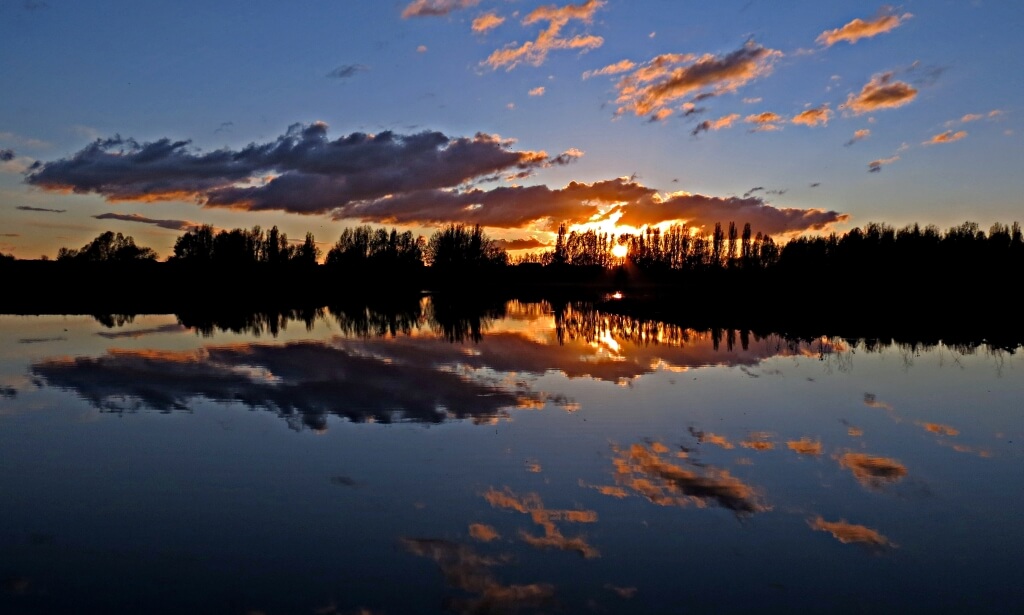
Robert Felton – Lake Reflection
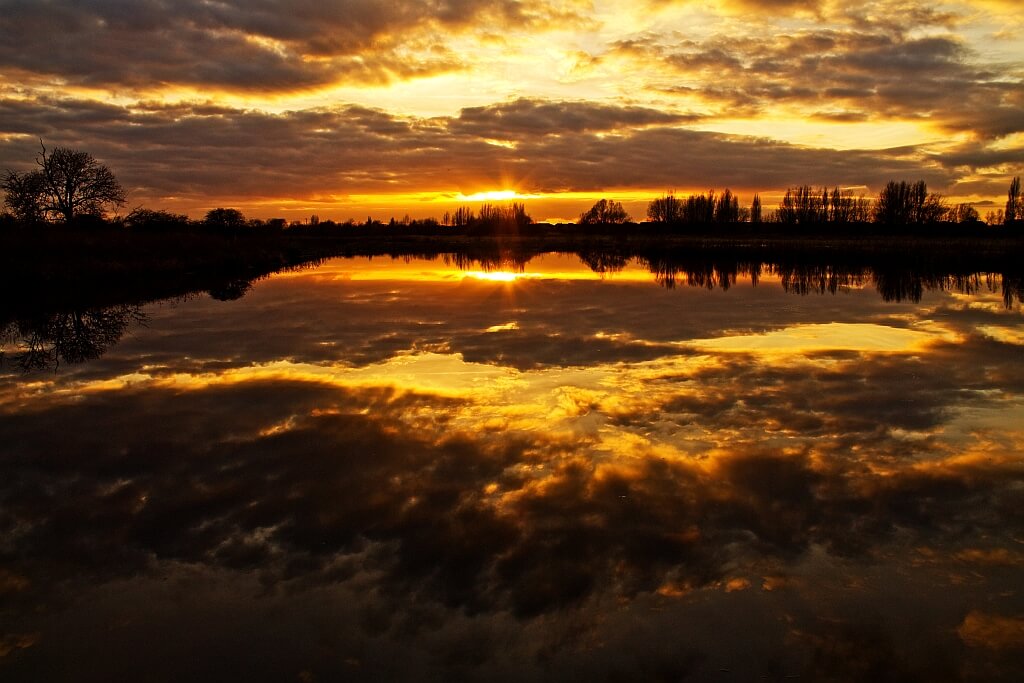
Tiomax80 – The end of a not too-unpleasant day…
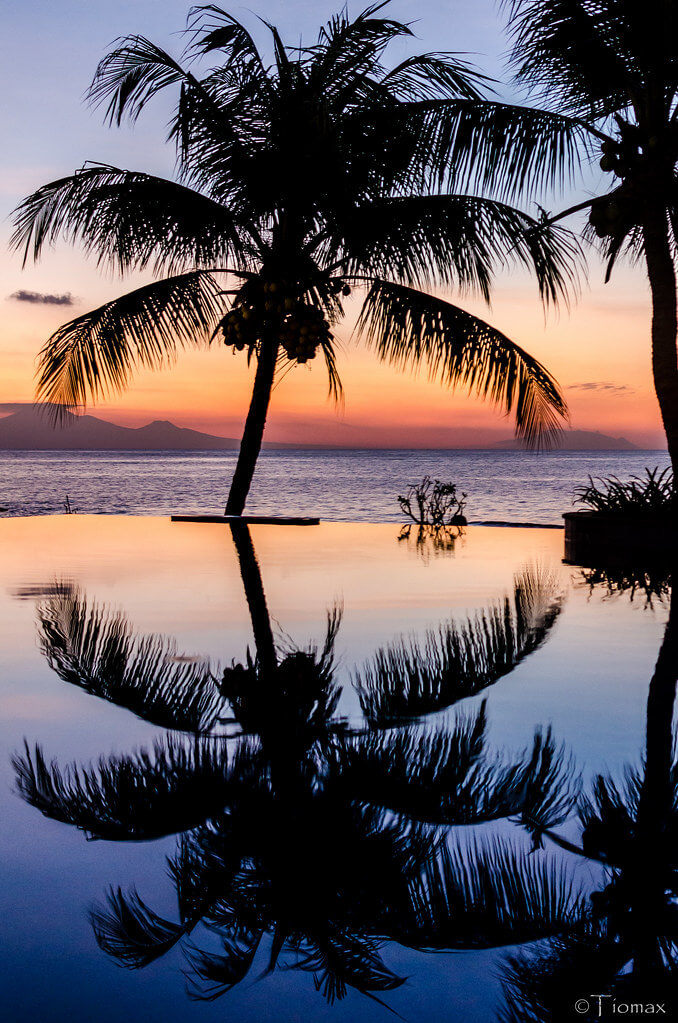
Phil Dolby – Getting Some Perspective
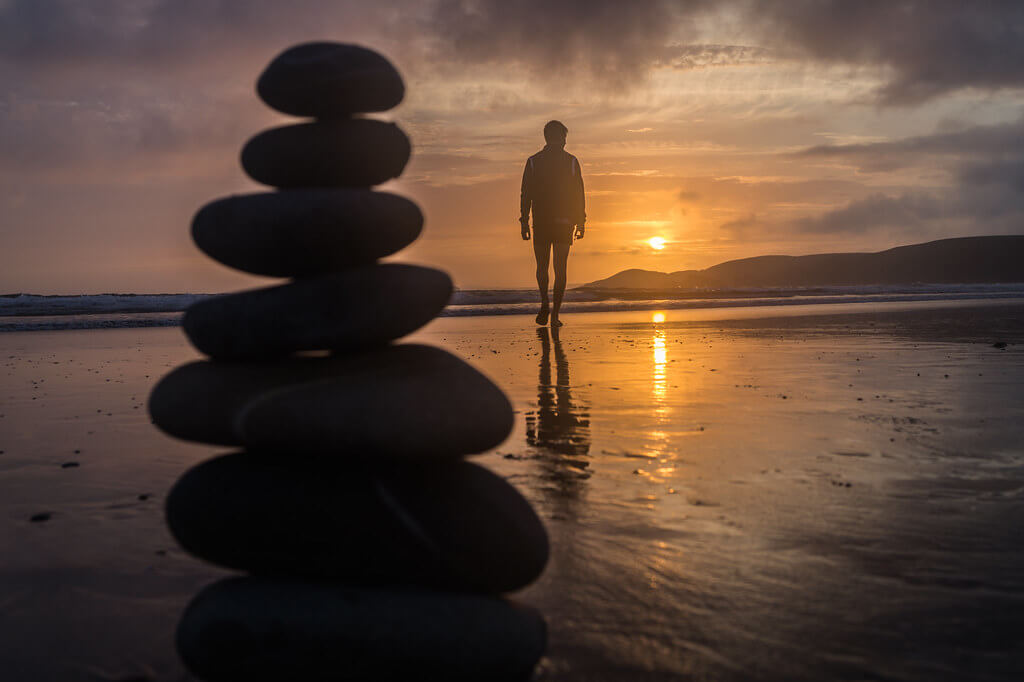
Puddles
Puddles are an easy subject for beginners to experiment with. Since puddles are small, you can find the right angle more easily than with a large fountain or lake. The most difficult part might be finding a puddle reflection worth photographing. But if you can’t find a unique reflection, you can always create one yourself by taking a self-portrait.
Pye Jirsa – Parking Lot Puddles (w/ BTS)
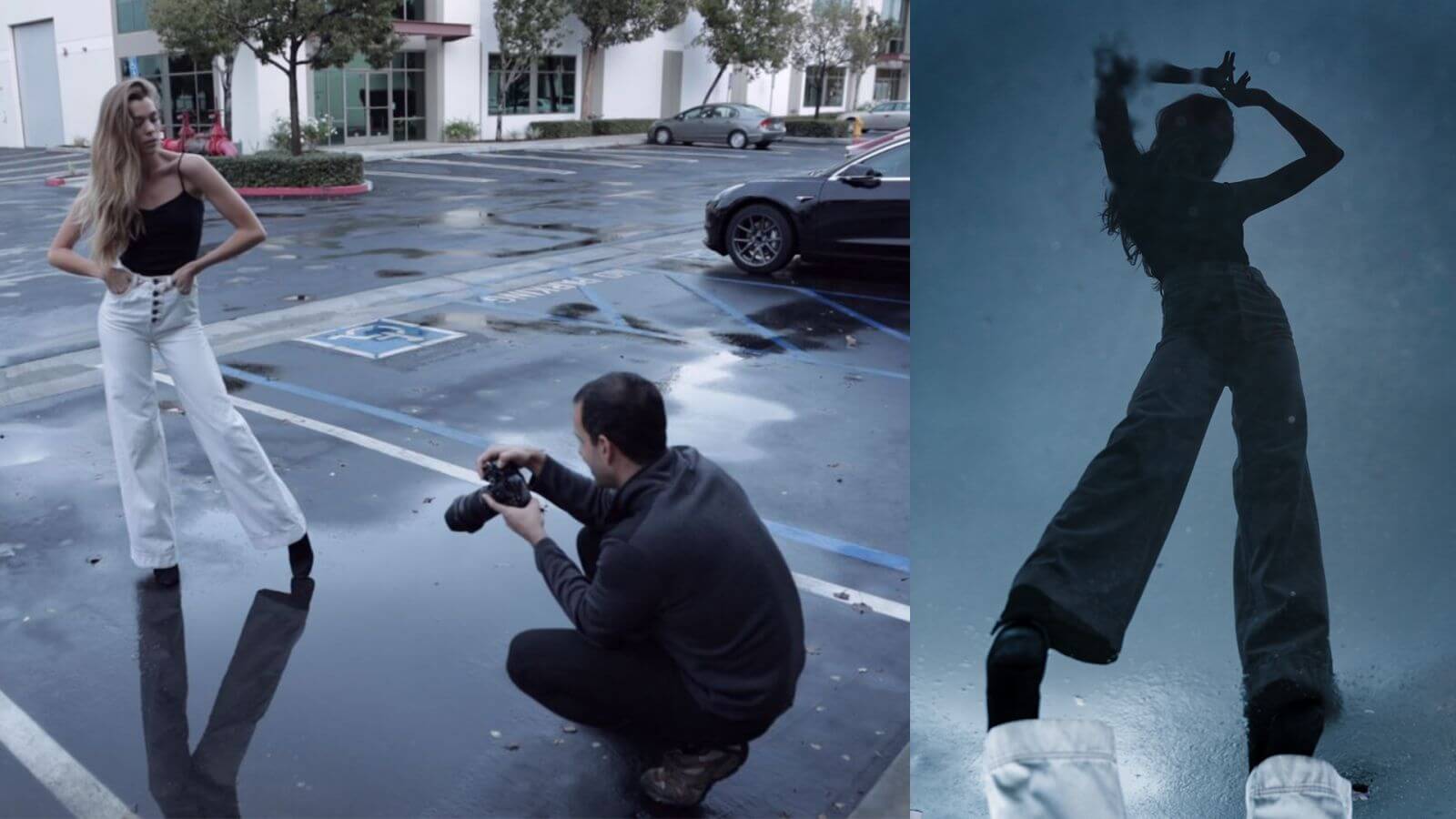
Yane Naumoski – Day 315: Sweet November
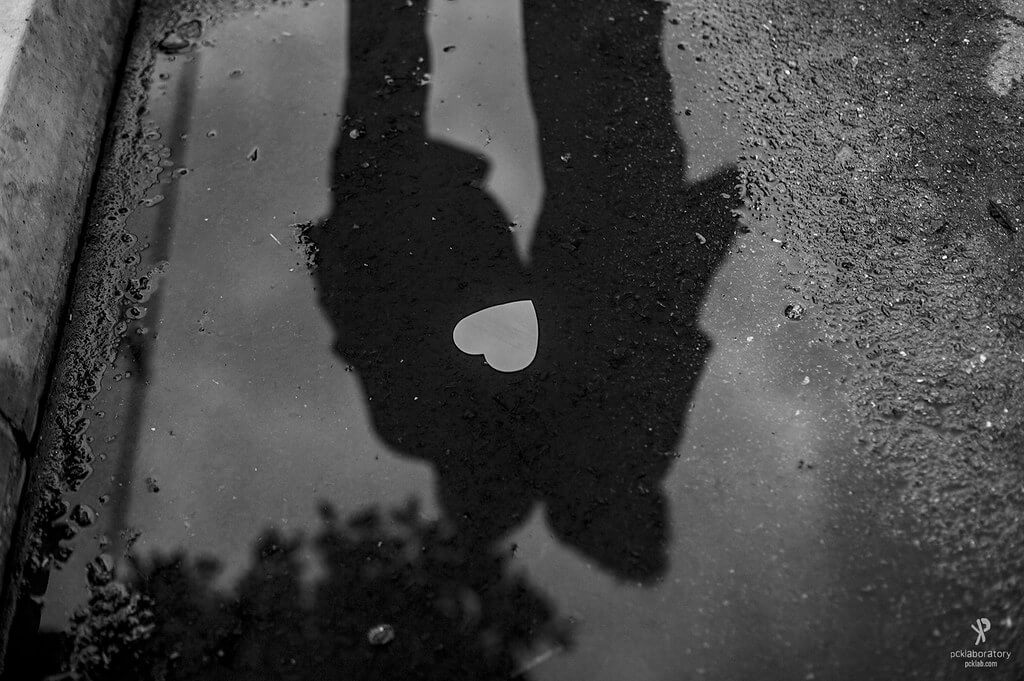
Tomasz Baranowski – Reflections of Rome

Raymond’s Glass Eye – All Rain and No Play

Jörg Schubert – Margot & Parker
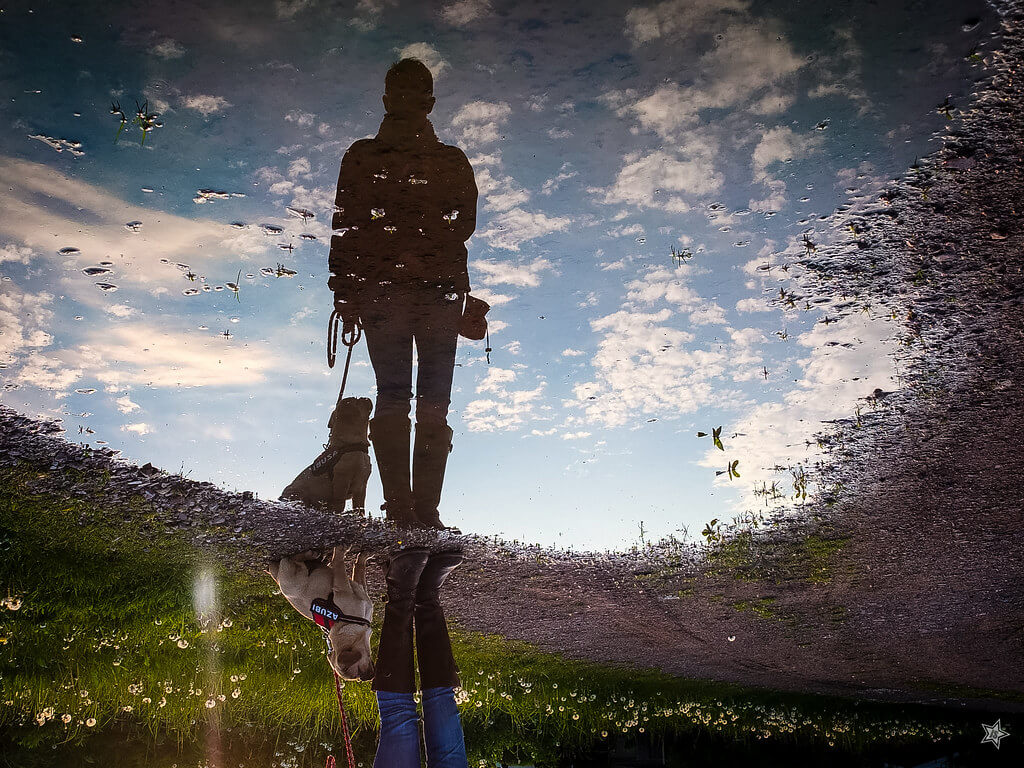
Skyscrapers in Reflection Photography
If you live in a city or love architecture photography, skyscrapers are a natural choice for reflections. They’re trickier to photograph than puddles, but they allow for more variation and creativity. You can make the skyscraper reflection your main subject, or you can use it to add interest to another subject, like the sky or a misty morning.
Blues Views – The “New” Hull Minster
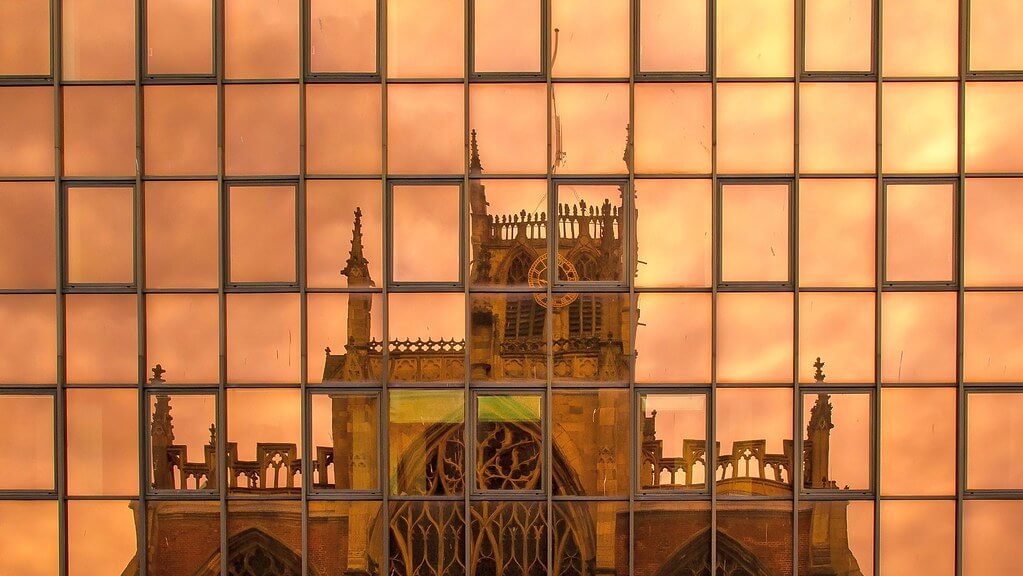
Pop H – reflet de l’île aux cygnes

Leading Lines
A leading line is a line that leads the viewer’s eyes to the main subject. Creating a leading line is simple when you’re photographing a path or road, but you can achieve this effect with reflections, too. A reflection can strengthen the appearance of a line, so it’s more effective and obvious to viewers.
Sam Codrington – V&A Reflection (HDR)
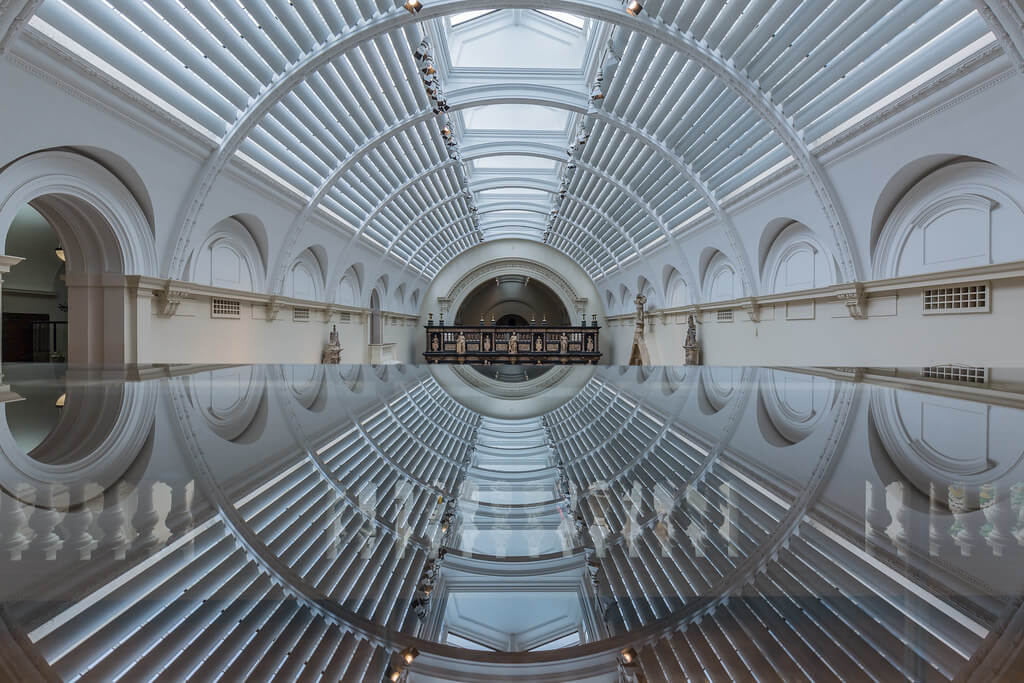
Steve Stanger – view from the 9/11 memorial (Liberty State Park, NJ)
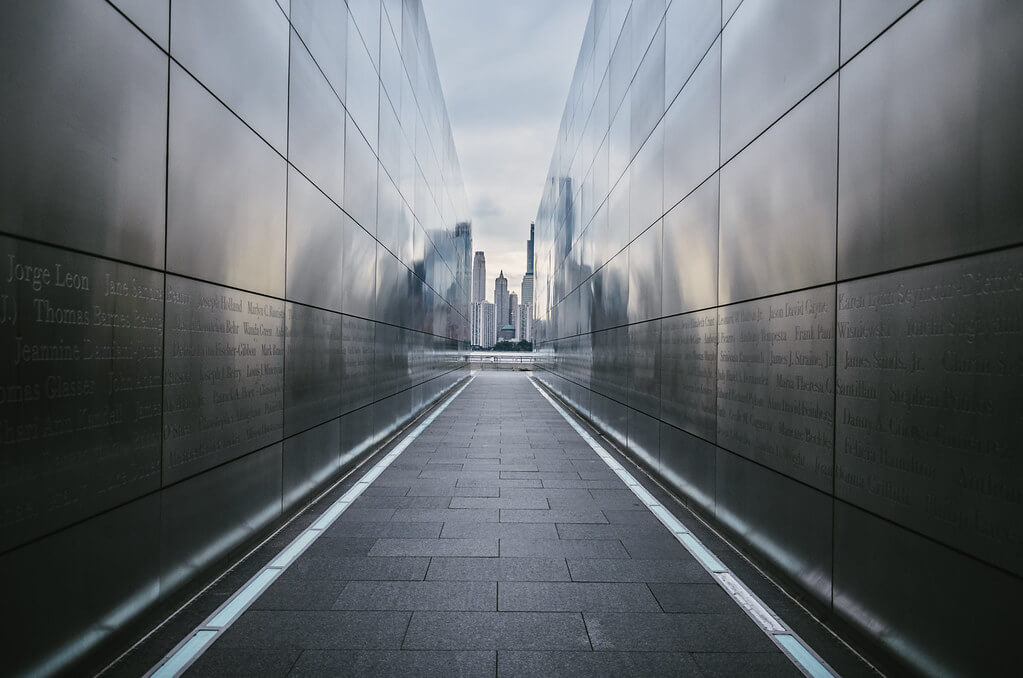
Black & White Reflection Photography
Reflections can get lost in a colorful picture, especially if the reflection itself isn’t colorful. To highlight the reflection, you can try removing the distraction of color. This tactic works great when the image has a high contrast between dark and light, so the reflection will naturally stand out.
Ken Lane – Oxbow Bend (Grand Teton National Park)
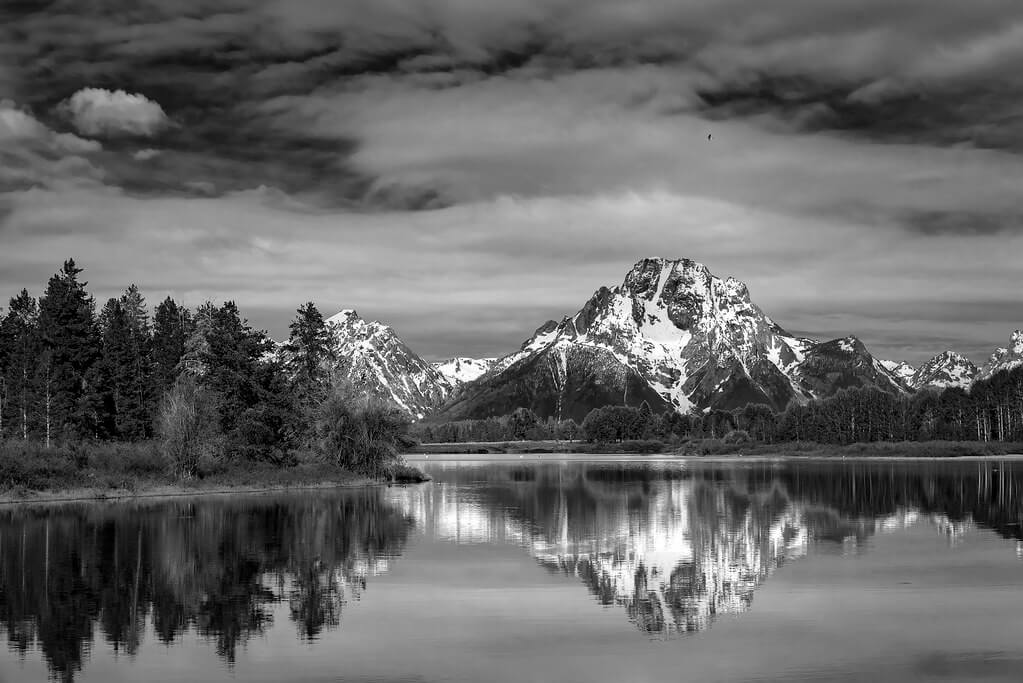
Shirren Lim – .[walk this way].
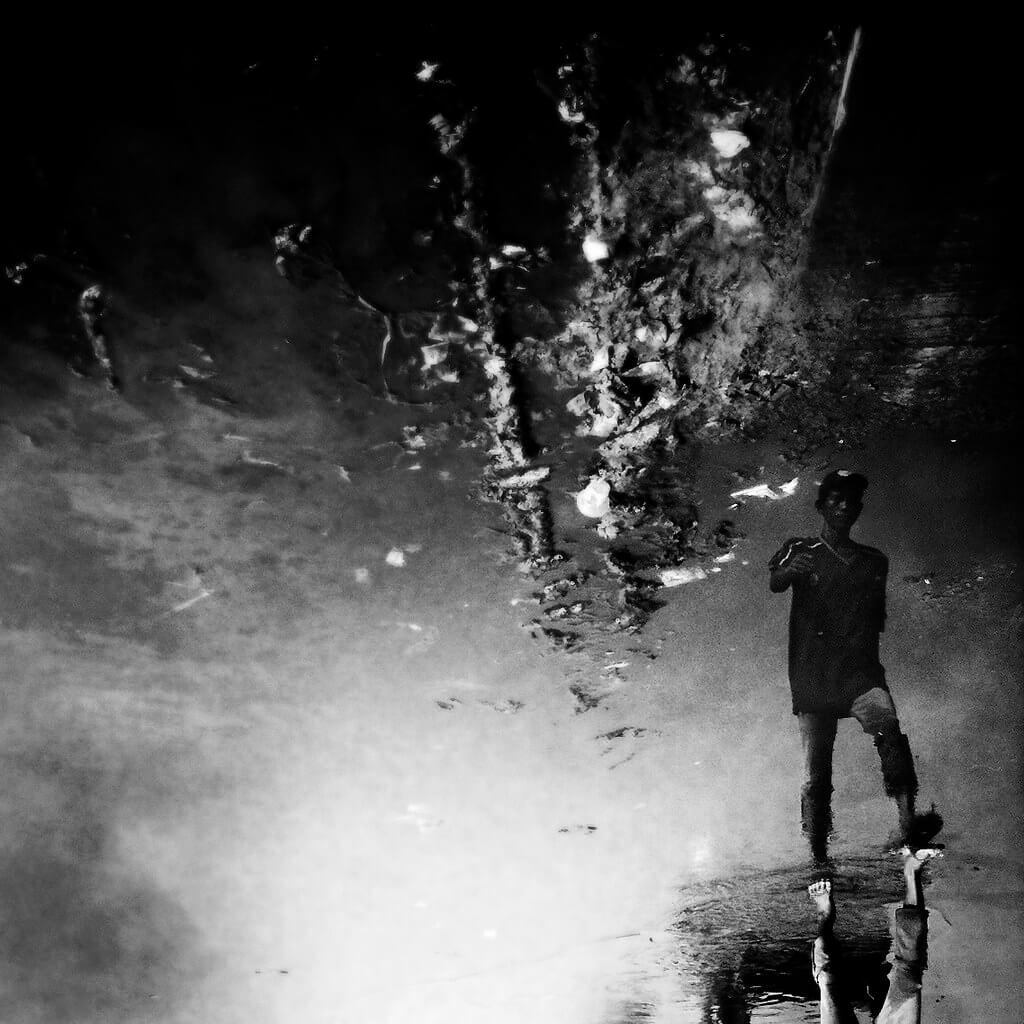
Bahadır Bermek – Panning Turkey – Istanbul
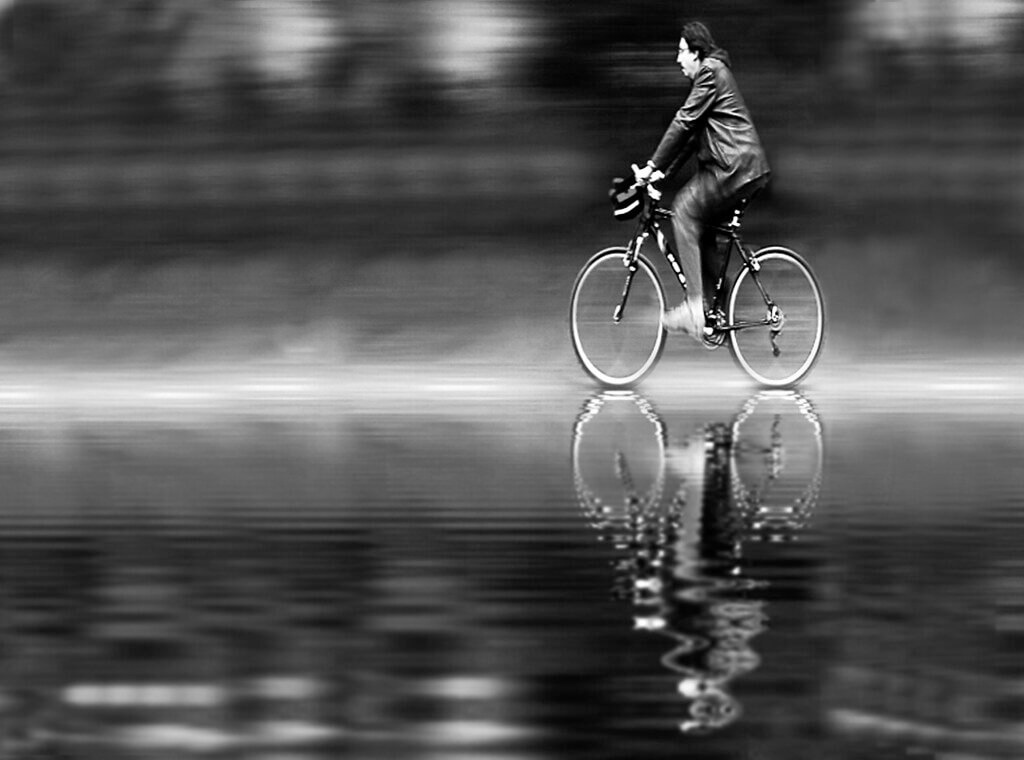
GeorgeVog – The reflected walkers
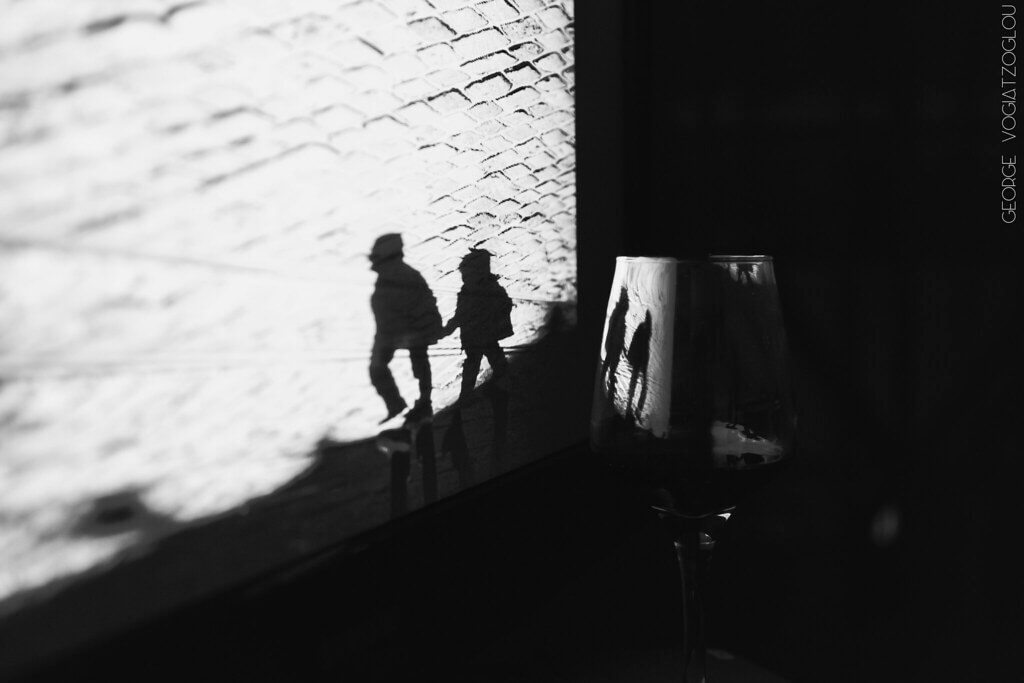
Water/Sky Illusion in Reflection Photography
Many gorgeous reflections are of the sky. Whether you’re shooting a sunset or fluffy white clouds, a reflection can double the sky’s beauty by seeming to be the sky itself. This illusion can make for interesting photos when the reflection blends in with the environment. Then, subjects like boats will look like they’re floating on the sky instead of water.
Tenia Prokalamou – Unforgettable Moments

Many of the above images were selected from our creative Flickr group. Next time you shoot a reflection, share it with us, so we can be inspired by your work!
